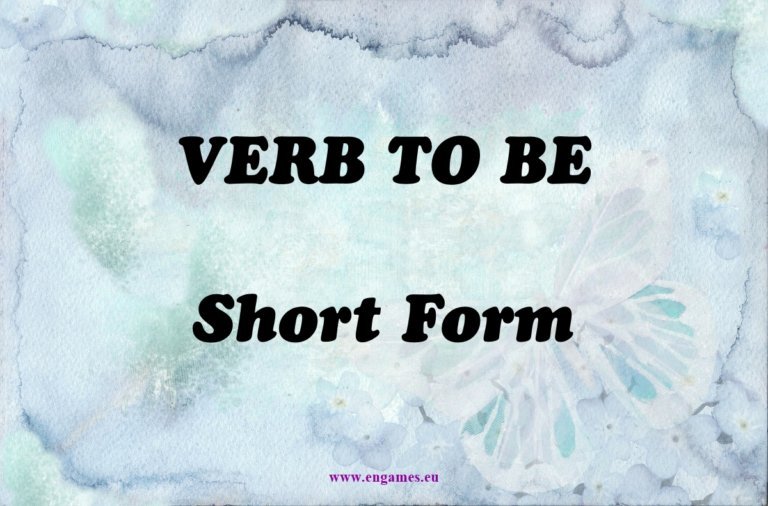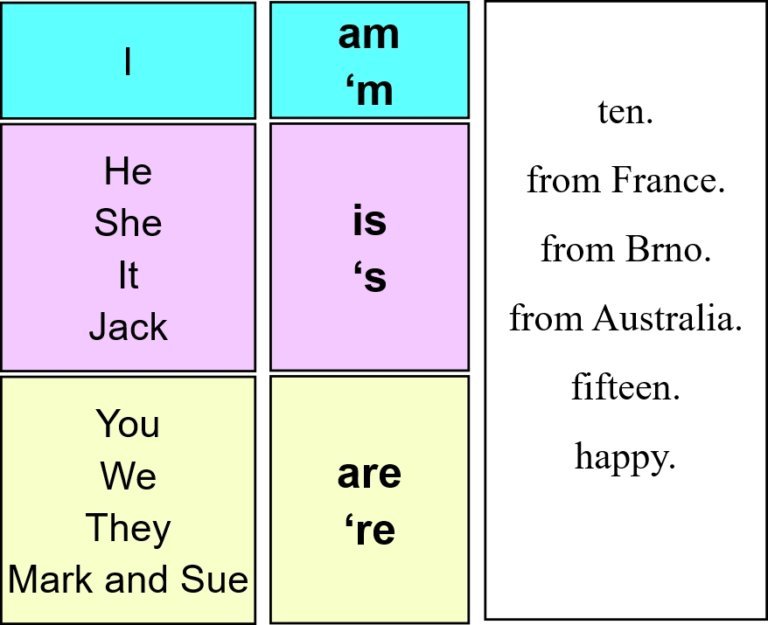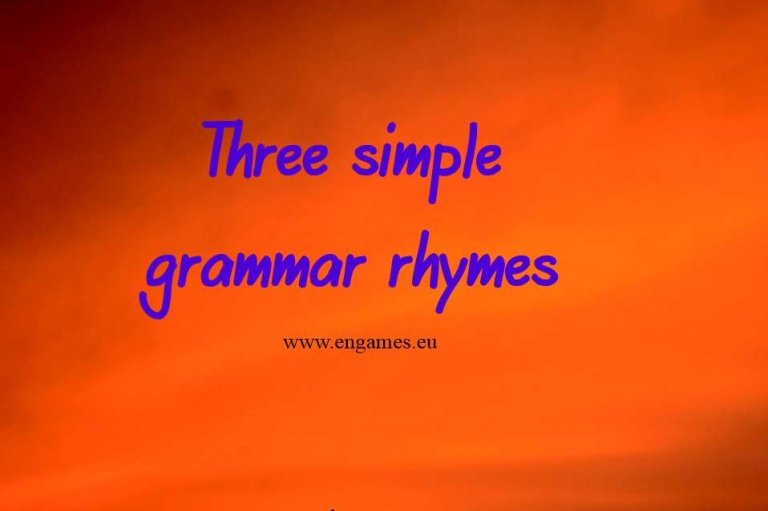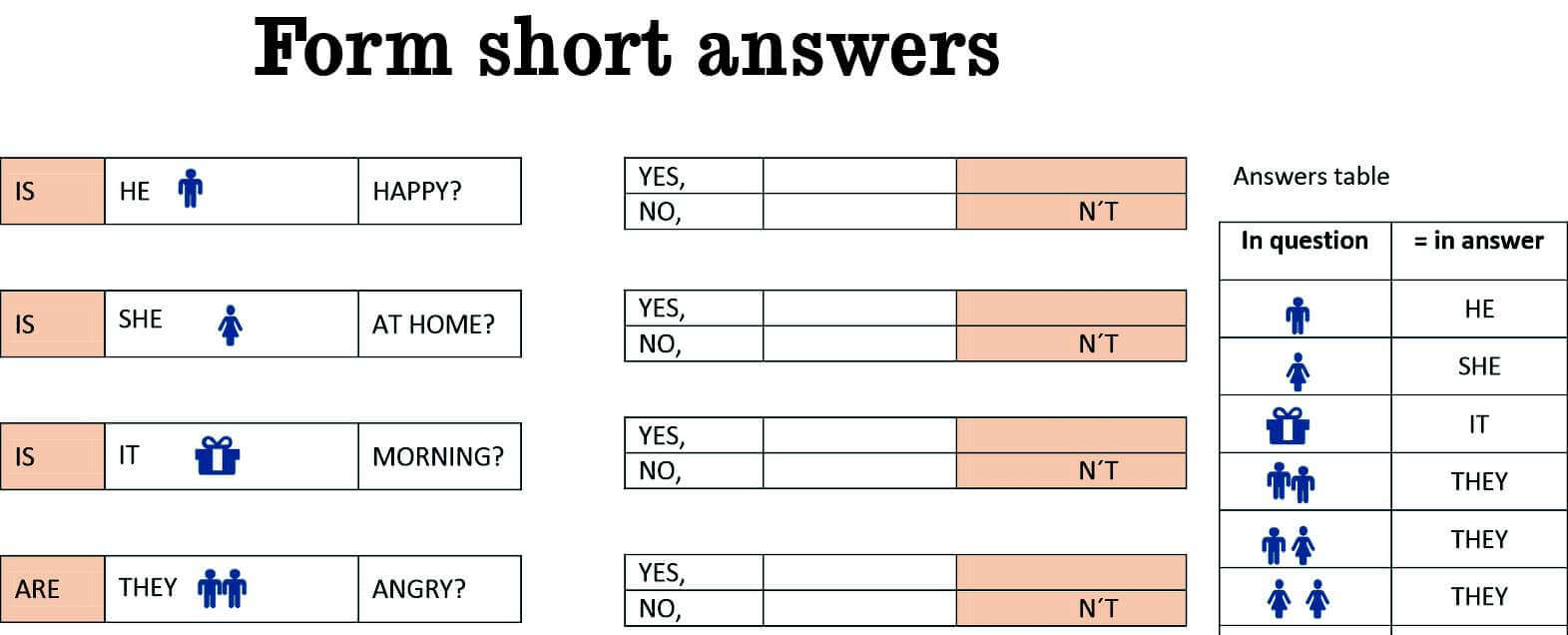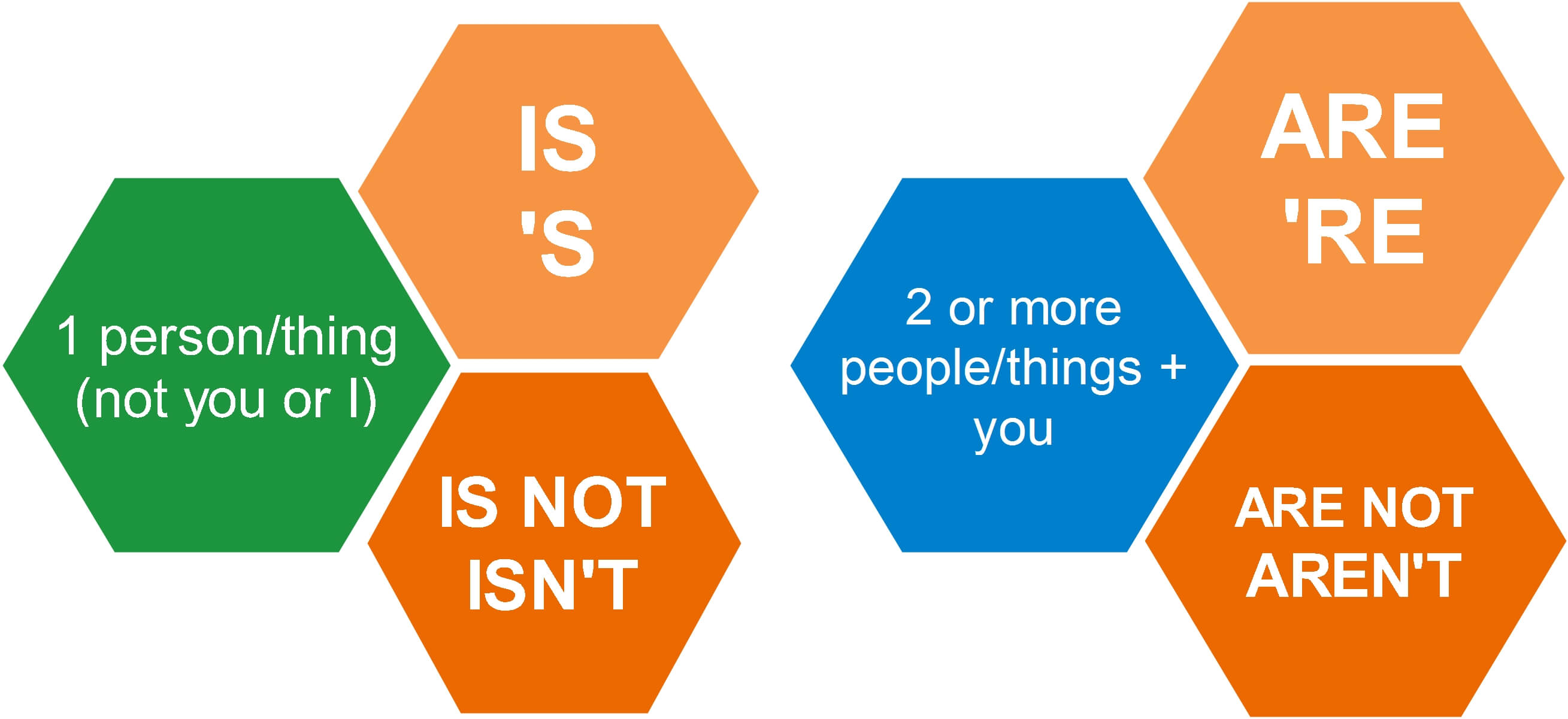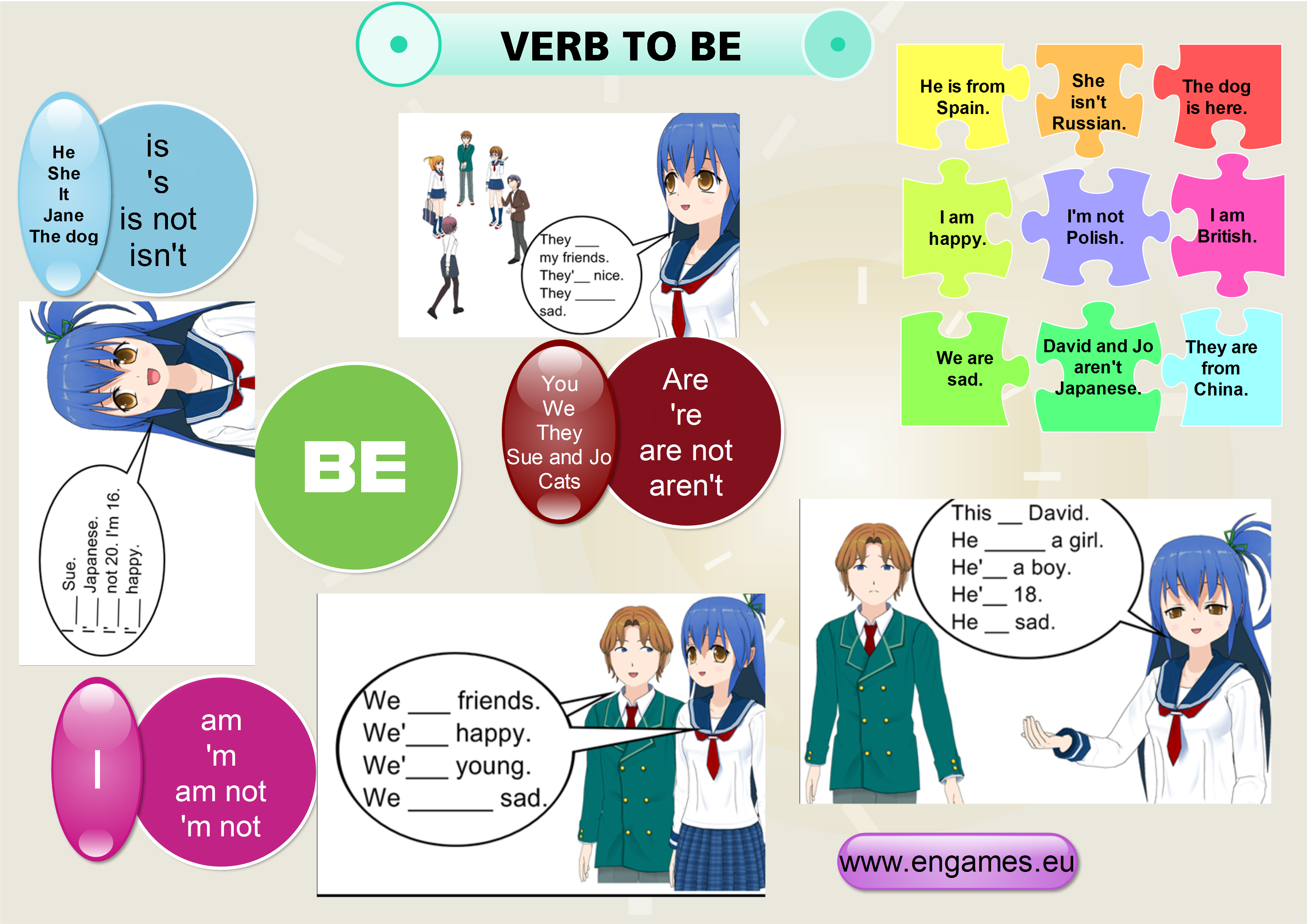When I teach the verb to be again – Lesson 2 – Short Forms
In the previous lesson, I taught the affirmative of the verb TO BE and now it is time to revise the grammar and explain the short forms. First, we need to revise. Students need to revise a lot, or they will forget. So let’s start with revising the pronouns. Play, the following video. First, students…
